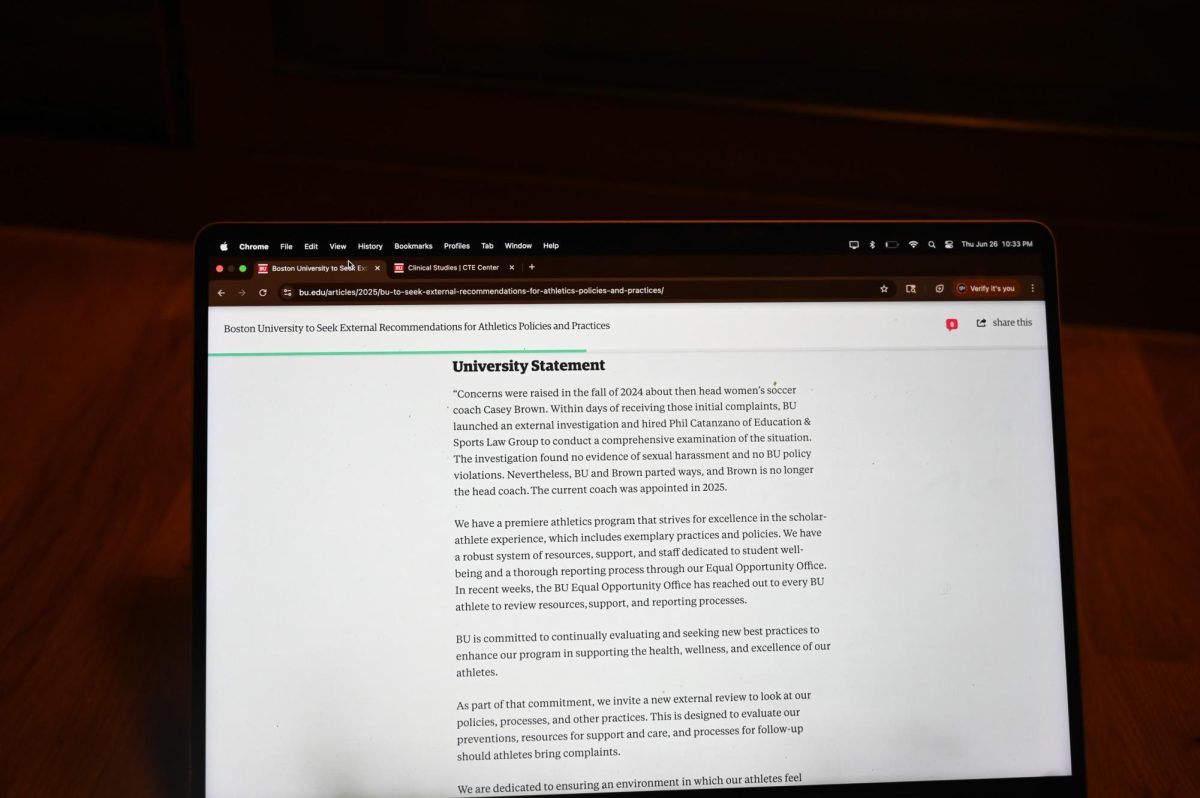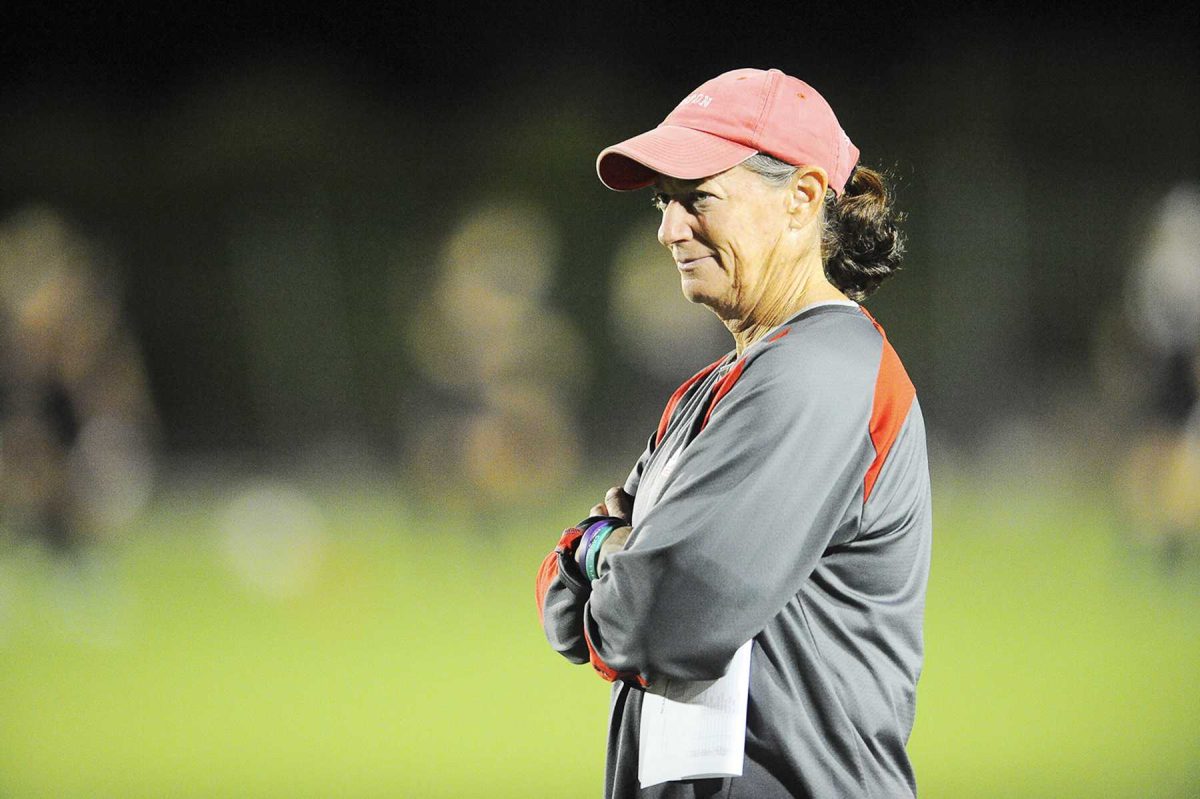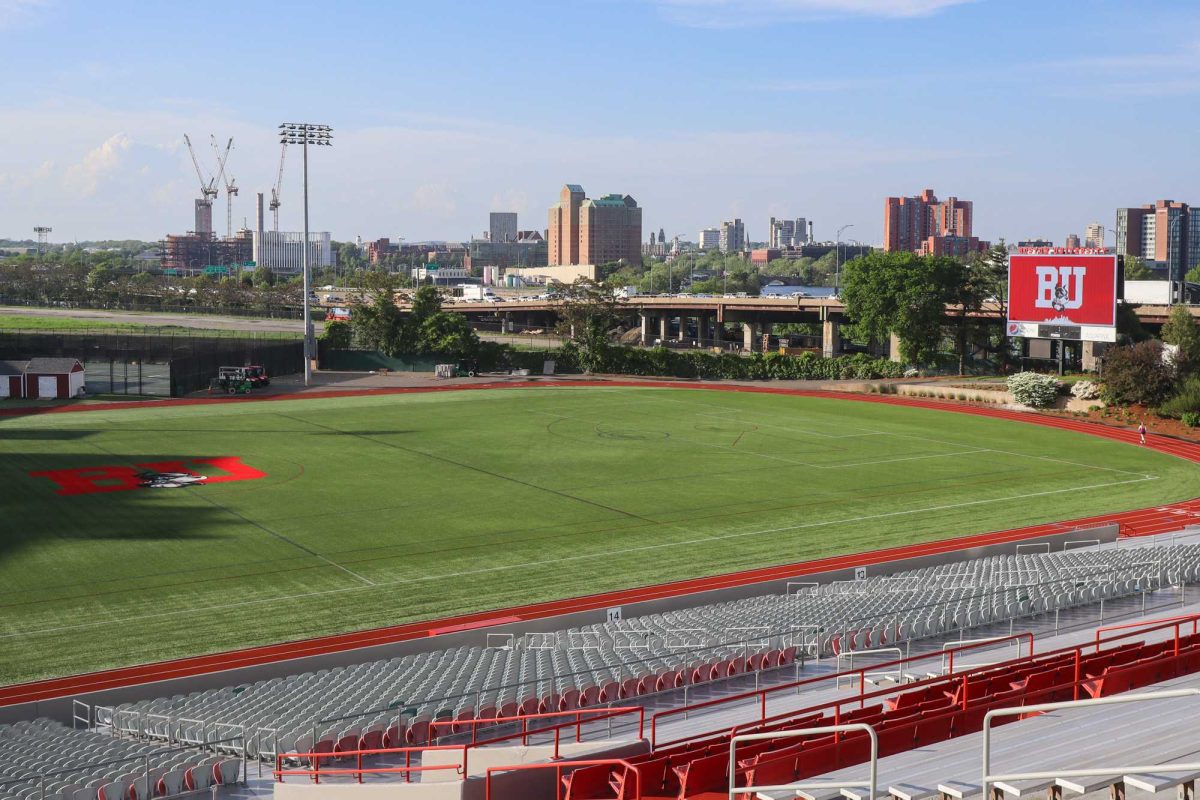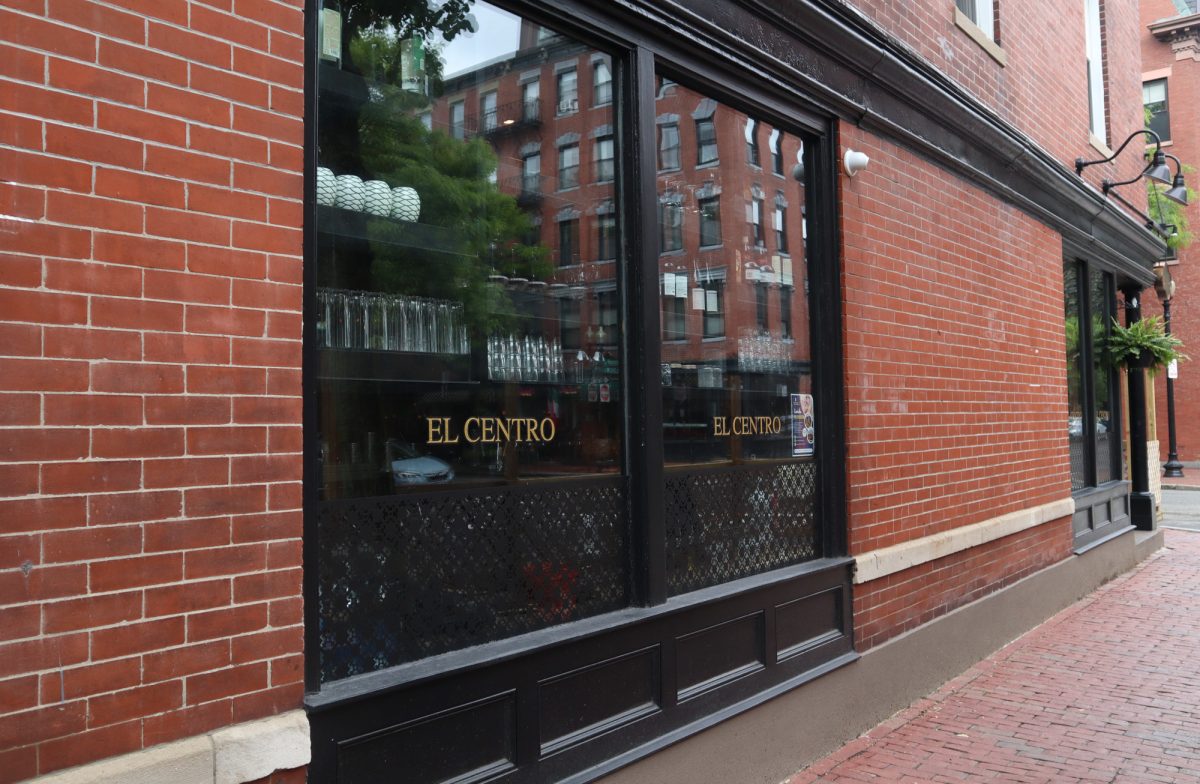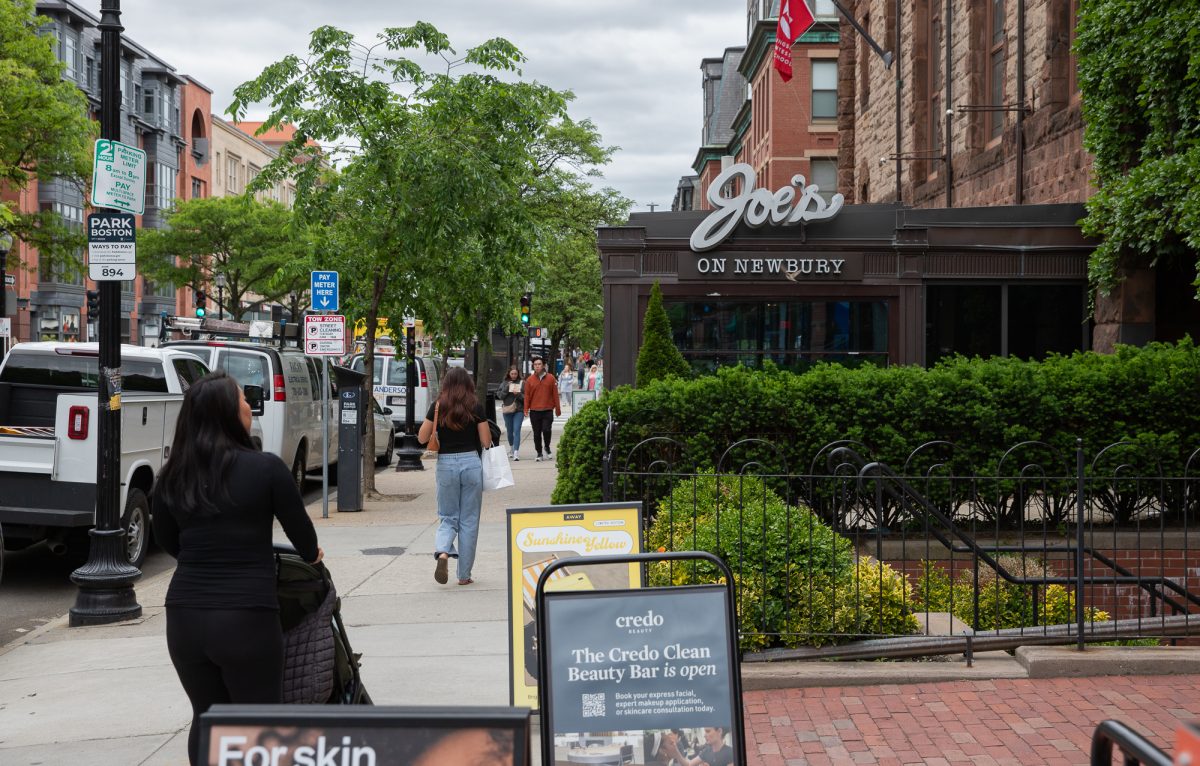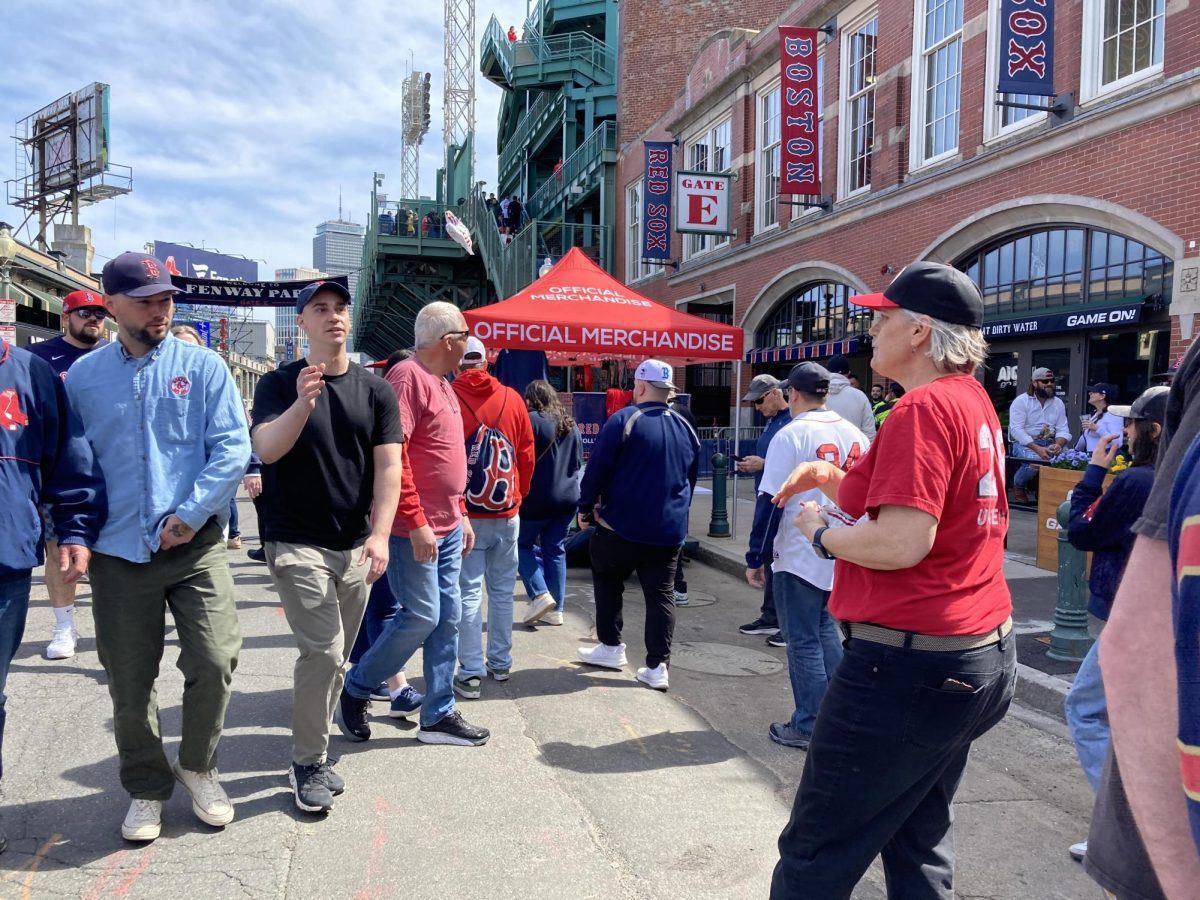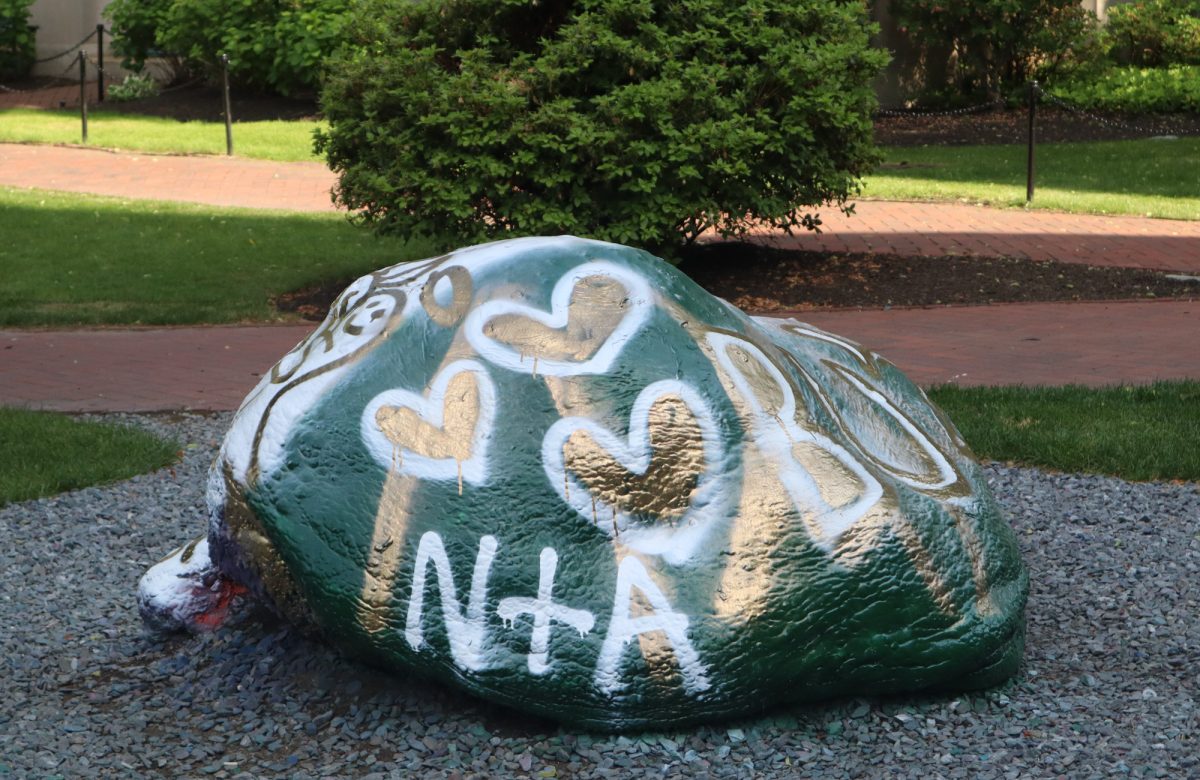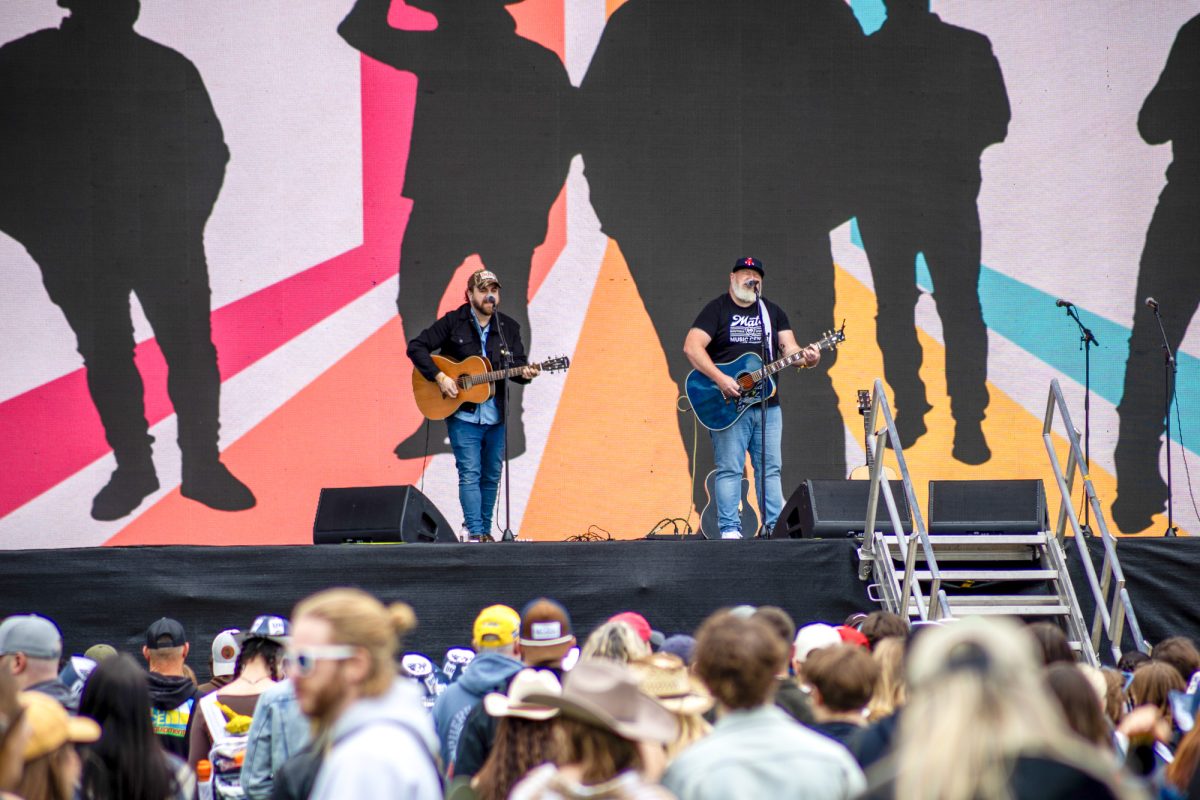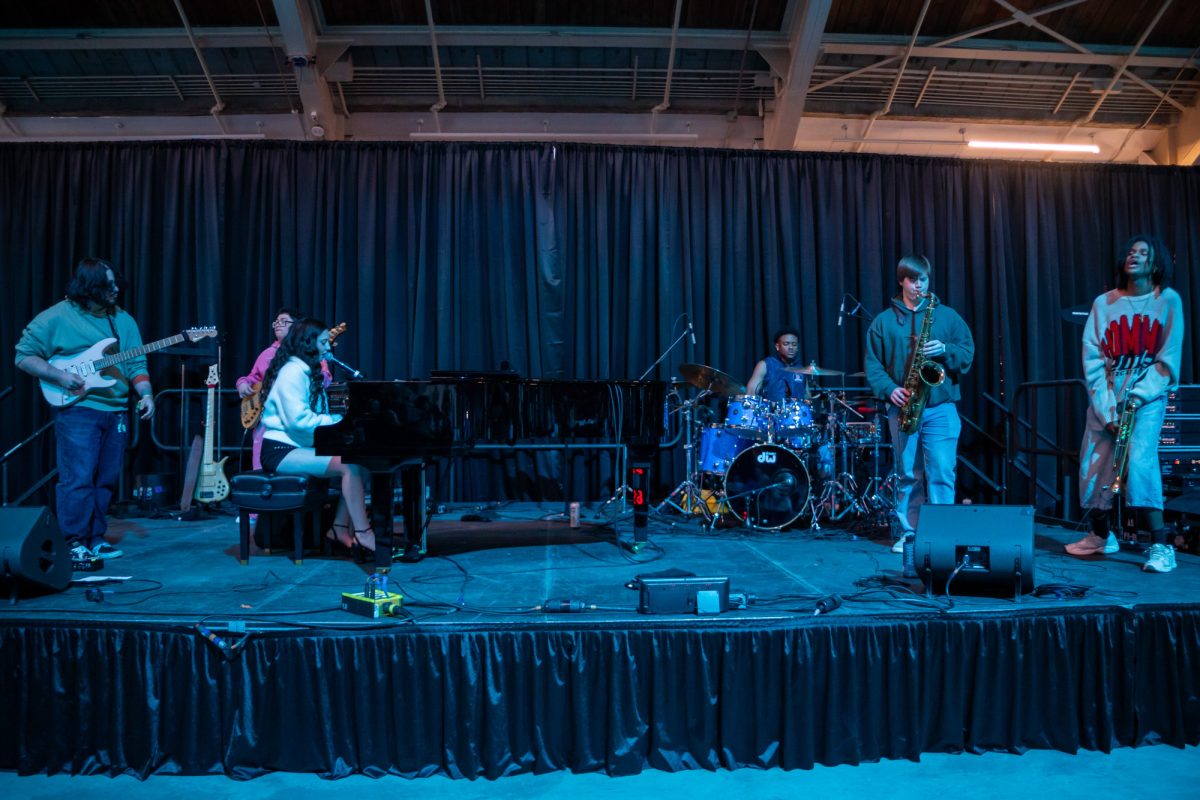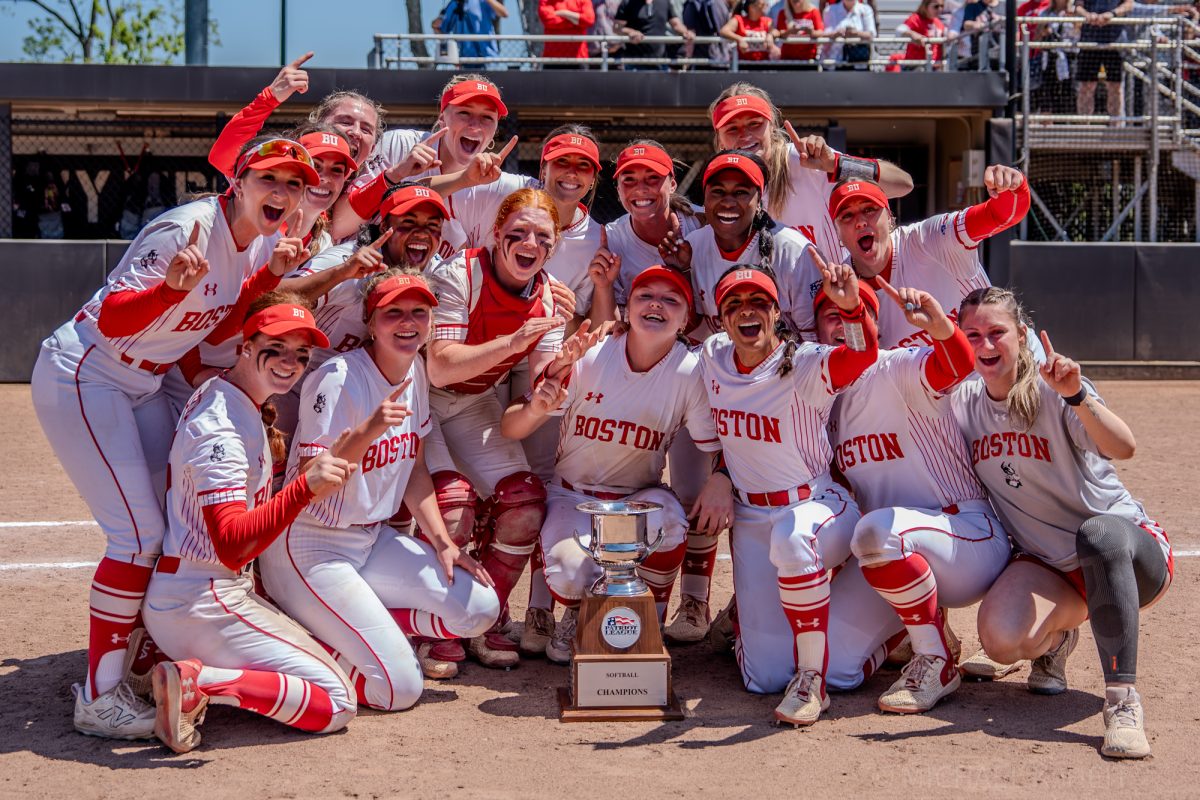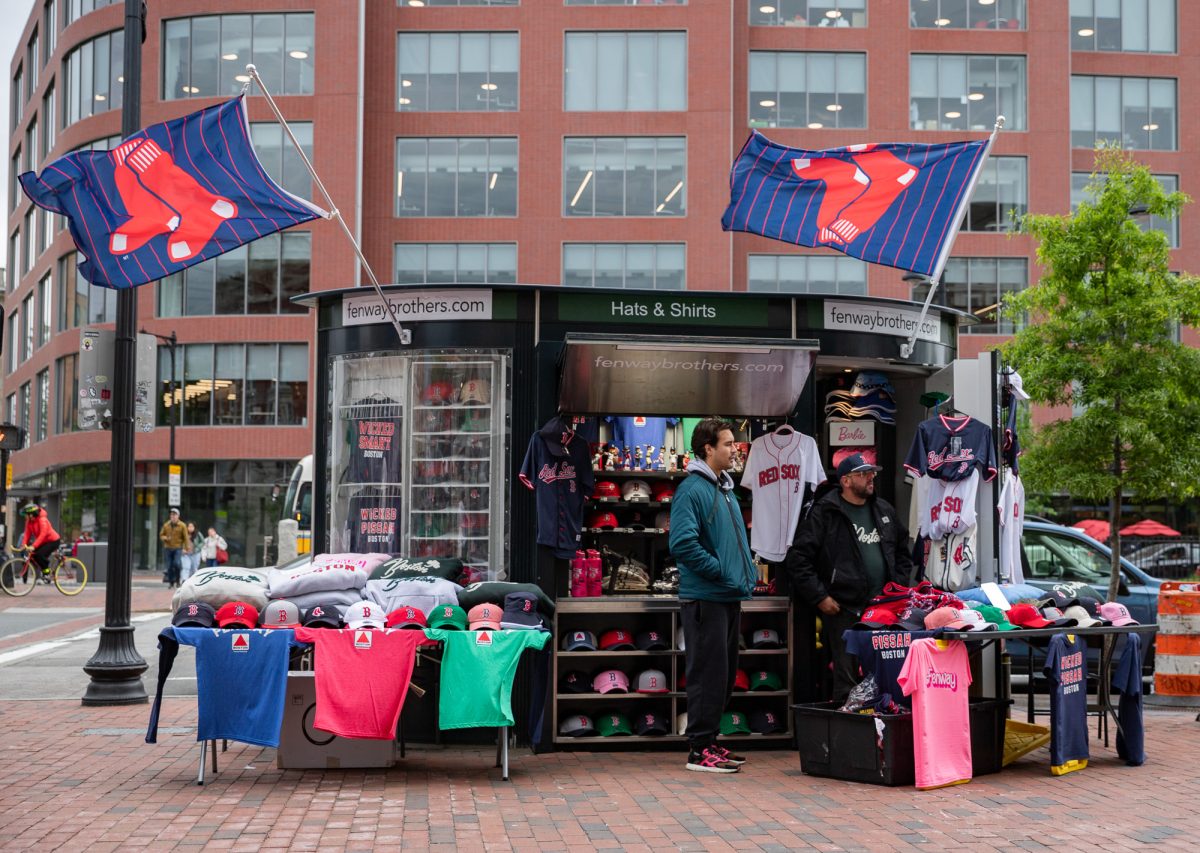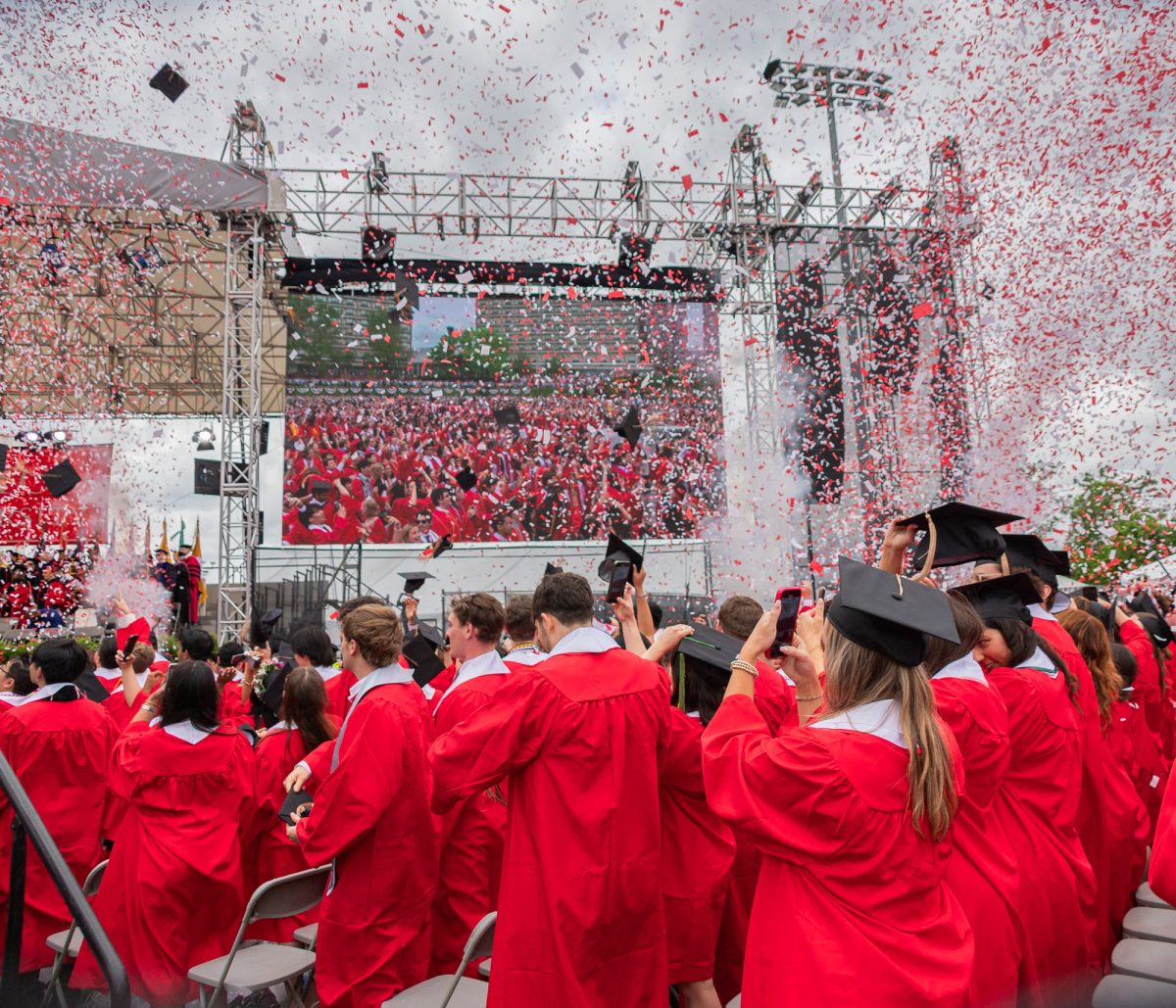Pedestrian safety at Boston University was the focal point of the traffic plan changes discussed last night at the transportation master plan meeting.
Construction on the project is slated to begin in spring 2003 and focuses on reducing crossing distances, making sidewalks wider and decreasing crossing time.
Building projects such as the Student Village and the graduate student apartments at 580 Commonwealth Ave. will increase the number of pedestrians living on-campus and will necessitate improvements in pedestrian safety.
Rizzo Associates, a consulting firm hired by BU to oversee the changing traffic plans, will play a main role by determining how the pedestrian volume will change over the next 10 years. Project manager of the transportation planning division at Rizzo Associates, Mike Hall is in charge of putting the plans into effect.
‘This master plan is to run from 2002 to 2012,’ Hall said. ‘We have to determine how the building projects planned during that time span will affect the pedestrian traffic. Projects like the Student Village increase the number of students walking on campus and these students’ safety must be taken into consideration.’
Hall said while the changing plans will have far-reaching effects, the amount of physical change on-campus would actually be quite insubstantial.
‘We are only tweaking the roads on campus,’ Hall said. ‘No major surgery will be done, only some minor surgery.’
The most significant change on-campus will occur at the intersection of Commonwealth Avenue and the BU Bridge. The right lane where cars turn from Commonwealth Avenue onto the bridge will be converted from a one-lane turn into a two-lane turn. The land for this addition will be donated by BU. This will allow for increased numbers of cars to make the turn in less the time, Hall noted.
In addition to widening the road, the sidewalks around certain intersections on Commonwealth Avenue will be expanded. A larger sidewalk will be able to accommodate more pedestrians; however, the more pedestrians on the sidewalk and the wider the street, the longer the amount of time needed for students to cross.
By allowing more cars to make the turn in a shorter period of time, the amount of time pedestrians have to cross can be increased, Hall said. This allows larger volumes of students traveling from the new residence halls to safely cross one of the more dangerous intersections on campus, he added.
Other traffic changes will take place on the strip of Commonwealth Avenue closer to Kenmore Square. The plan involves extending the ends of the sidewalks so they protrude into the street and protect the parking lanes along the street from passing cars. This will also decrease the number of lanes which pedestrians would have to cross.
This was the third meeting of the year for the task force, which is charged with providing community input on the university’s activities.

